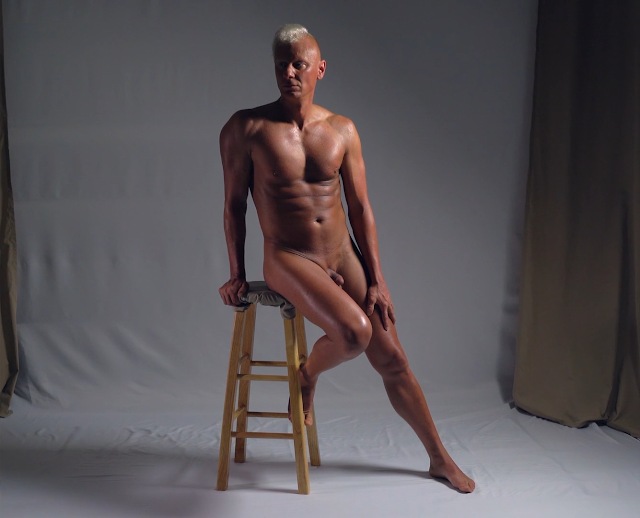The Expressive Figure Assignment
Concept: Gestural Movement and
Lost Edges
Materials:
- Vine or Willow Jumbo Charcoal, Graphite lead, ball point pen
- 90 lb drawing paper 12" x 19" or similar sketchbook
- Faber-Castell Kneaded Eraser
Edges of the Figure
Conceptualizing the volume of space that a figure occupies is key to understanding how to calibrate the pressure that our hand applies to the charcoal or drawing media when drawing edges. One precept is that fuzzy and sharp edges are a result of the two overlapping cones of our eyes which are aligned along a horizontal axis. Correspondingly vertical edges appear slightly out of focus because of two different focal points on this axis. In addition, horizontal edges, which are parallel with the axis, are more in focus and hence, sharper. This technique is helpful in that it acknowledges the turning planes of a form as the volume recedes back into space. These turning planes advance and recede with found and lost lines, as muscle tissue and ligaments “spiral” around the cylindrical forms of the bones. Learning how to visualize the occupancy of space of these cylinders and how they hinge and the constraints of their movements, allow us to construct a mental holographic simulation of a moving figure in space. This is the template that your brain will project on any surface and you have free reign to apply any form of media on this projection.






























